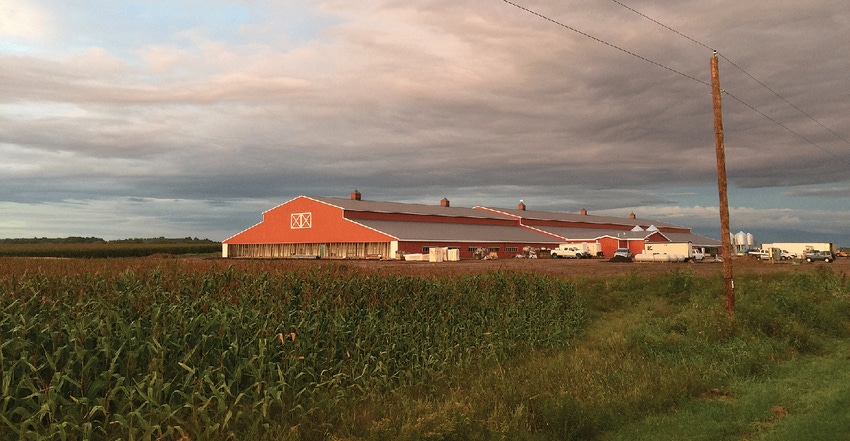Niche market potential
Old Fashion Pork meets new customer demands.

Since Old Fashion Pork opened its doors two years ago near Thorp, Wis., Brad Freking will admit he’s fielded several questions from others in the industry.
“No, we are not out of our minds. No, we are not going there 100%,” in terms of raising animals without antibiotics, Freking says. “It’s a very unique project.”
The CEO of New Fashion Pork, based in Jackson, Minn., says the basis for Old Fashion Pork is providing choice for consumers, and it was really Harold Kroneseder with Hanor Co. who persuaded him to join in building the 1,400-sow farrow-to-wean farm.
‘Wilbur’ fits GAP
In 2016, in partnership with Hanor, “Wilbur” — as Freking fondly refers to the OFP facility — was designed and built to fit all the parameters of the Global Animal Partnership while remaining productively efficient through technology and personal passion.
Founded in 2008, GAP is a nonprofit organization that creates and manages the 5-Step Animal Welfare Rating Program for farm animals, where farms and ranches are audited every 15 months by an independent third party.
To meet GAP standards, the OFP barn features partial slats, gestation pens, free-access breeding stalls, electronic sow feeding systems and turnaround farrowing pens. Other characteristics unique to the GAP system include providing bedding, not docking tails, maintaining high space requirements and keeping pigs antibiotic-free and vegan-fed.
After weaning, OFP pigs are moved to several grow-out farms around Thorp, which are also subject to GAP standards and are audited regularly.
OFP was developed only to produce GAP-certified pork products to certain niche markets. Currently, 100% of the product is going to Whole Foods.
While this niche market is only about 2% to 3% of the U.S. pork supply, Freking says demand appears to be two times the current supply, and increased customer interest could displace chicken with pork.
“It’s been an interesting and challenging project, but the reason we are there is $7 to $8 a pound at retail,” Freking says.
There’s also a reason why OFP was placed in the middle of nowhere in Wisconsin — the closest pigs are 30 to 40 miles away.
Freking says he doesn’t have any plans now to expand OFP but will see what the future holds.
“When I look at my sales report, those western Corn Belt pigs are bringing $90 a head. You might as well slap a $40 bill on that pig’s butt and move them on the trailer,” Freking says. “These OFP pigs are $215 a head, so there is a reason we are doing this. It’s a value-added margin chain, but it’s a tiny little space to play in.”
About the Author(s)
You May Also Like





